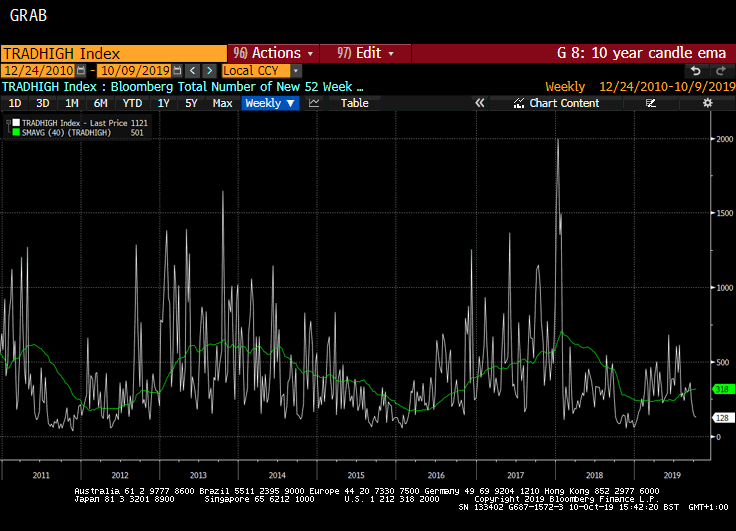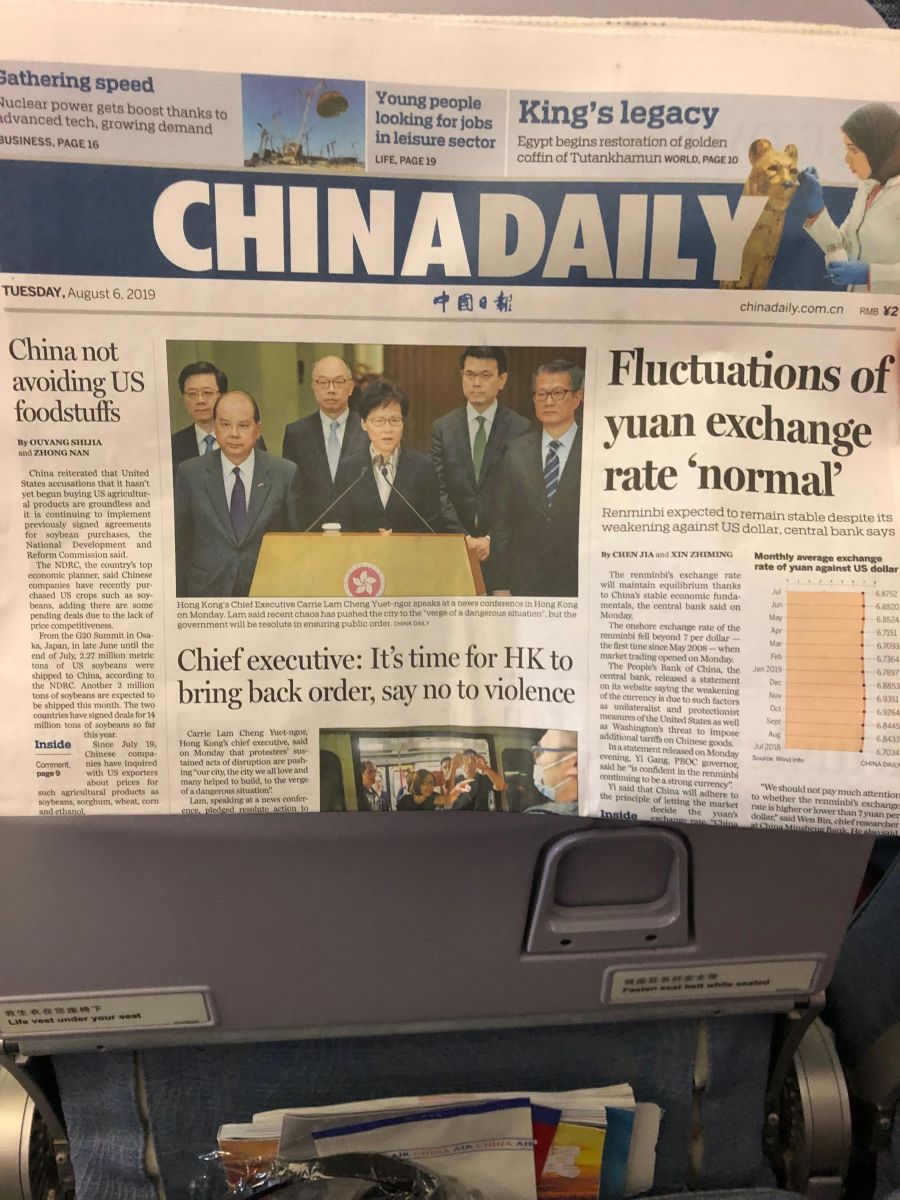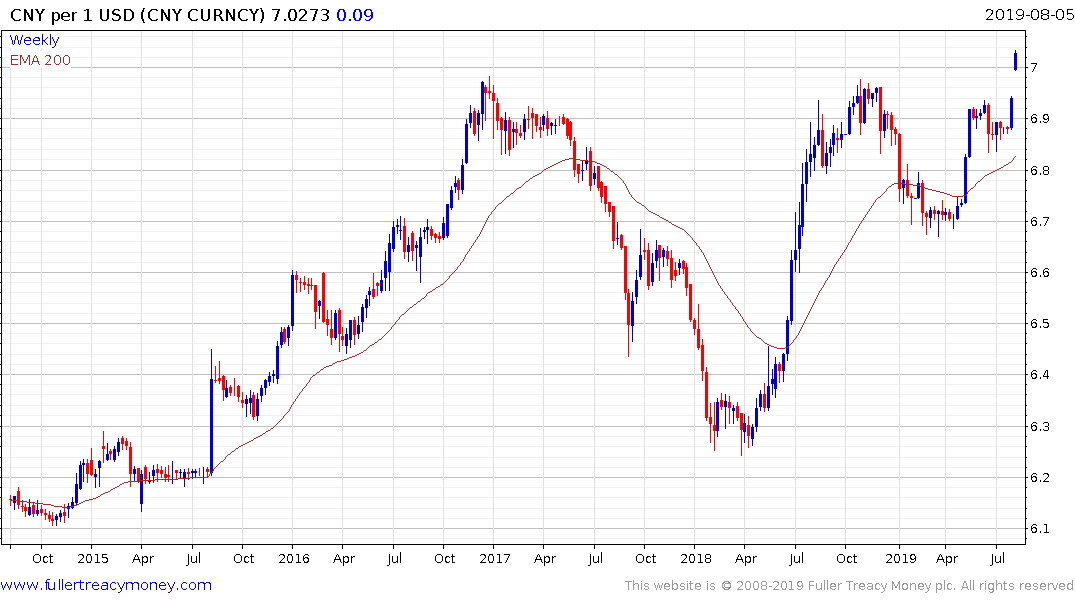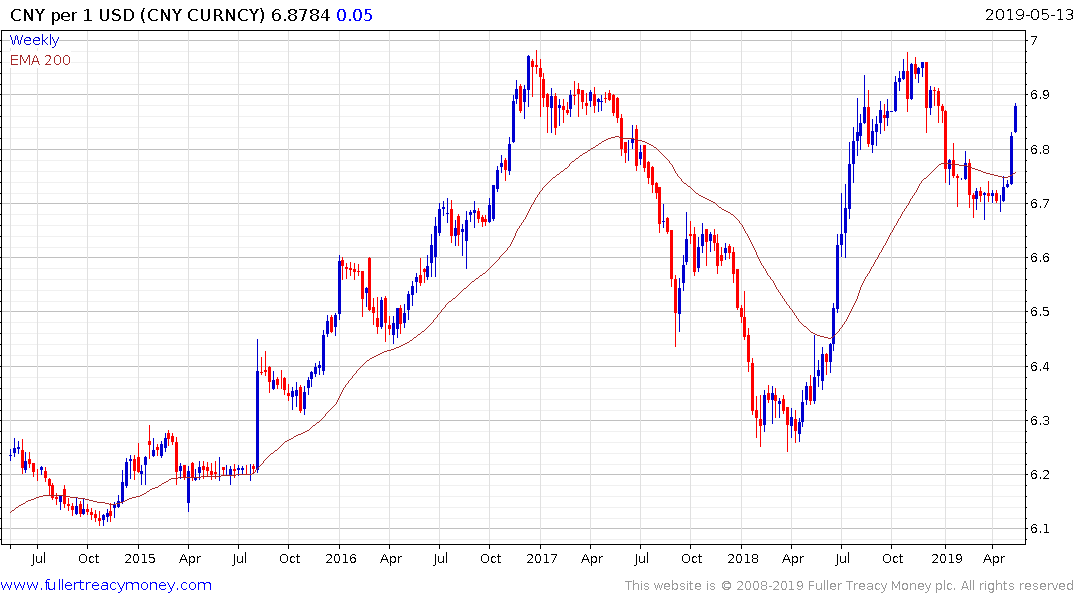All Your Favorite Brands, From BSTOEM to ZGGCD
This article by John Herrman for the New York Times may be of interest to subscribers. Here is a section:
Eoin Treacy's view -Almost half of top Amazon sellers — those selling more than $1 million in the U.S. — are in China; about a third of Amazon’s Chinese sellers overall are estimated to be in Shenzhen. (This according to Marketplace Pulse, which tracks e-commerce marketplaces.)
Amazon shuttered its Chinese store, Amazon.cn, in 2019, after it failed to crack a market dominated by domestic giants like JD and Alibaba.
But it has been much more successful in recruiting Chinese entrepreneurs to sell abroad, opening “cross-border e-commerce parks,” where sellers can get assistance with logistics, branding, and navigating Amazon’s platform. For the last five years, the company has also hosted summits for Chinese cross-border sellers. Last year’s conference, held in Shanghai, was attended by more than 10,000 sellers, many of whom see, in Amazon, an alternative to increasingly saturated domestic platforms like Taobao.
A seller in America might start with a brand idea and need to figure out how to get it manufactured; a seller connected to a factory in China’s manufacturing capital needs to figure out how to sell to Americans, which Amazon has been working hard to facilitate.
The vast majority of household and personal use products sold in Wal-Mart, Amazon, Target and elsewhere are manufactured in China. Most of the electronics, clothing, and jewellery in stores come from Guangdong. The majority of paper bags, nuts and bolts, toys and other small items come from Zhejiang which is just outside the quarantine area. Manufacturing is also spread over the rest of the country. That suggests the ability of companies to fulfil orders is going to be spotty if they don’t get back to work soon.
This section continues in the Subscriber's Area. Back to top






